Dear Readers,
AI plays a crucial role in our blog, helping us manage our time more effectively to keep the content flowing. While AI assists with content creation, which may lead to occasional spelling or grammar errors, our primary goal remains clear: to deliver meaningful insights to you. For important matters, please consult a specialist.
Thank you for your understanding and support.
Best regards,
Education.com.cy
Summary
Messy play is a powerful tool for supporting speech and language development in children. This article explores the benefits of messy play, including enhancing vocabulary, improving sentence structure, and encouraging interaction skills. It provides practical tips for implementing messy play, ensuring safety, and creating a structured environment. Additionally, real-life case studies illustrate the positive impact of messy play on children’s communication skills. By incorporating messy play into daily routines, parents and educators can foster essential language development in a fun and engaging way.
Introduction
Messy play is an engaging and effective method to support a child’s speech and language development. This type of play involves activities that stimulate the senses and encourage children to explore various materials. By integrating messy play into daily routines, parents and educators can foster essential communication skills in a fun and interactive way.
Benefits of Messy Play for Speech and Language Development
Enhancing Vocabulary
Messy play introduces children to new words and concepts. For example, playing with water and sand can help children learn words like “wet,” “dry,” “smooth,” and “rough.” Parents and educators can further support vocabulary development by describing the actions and materials involved in the play. Using action words and less frequently used words in daily conversations can significantly expand a child’s vocabulary.

Improving Sentence Structure
Messy play provides an excellent opportunity to improve a child’s sentence structure. By engaging in activities that require interaction and communication, children can practice forming sentences and expressing their thoughts. One effective technique is called “match plus one,” where an adult adds one word to a child’s sentence to model more complex sentence structures. For example, if a child says “water,” the adult can respond with “cold water” or “splashing water.” This method helps children gradually build more complex sentences and improves their overall language skills.
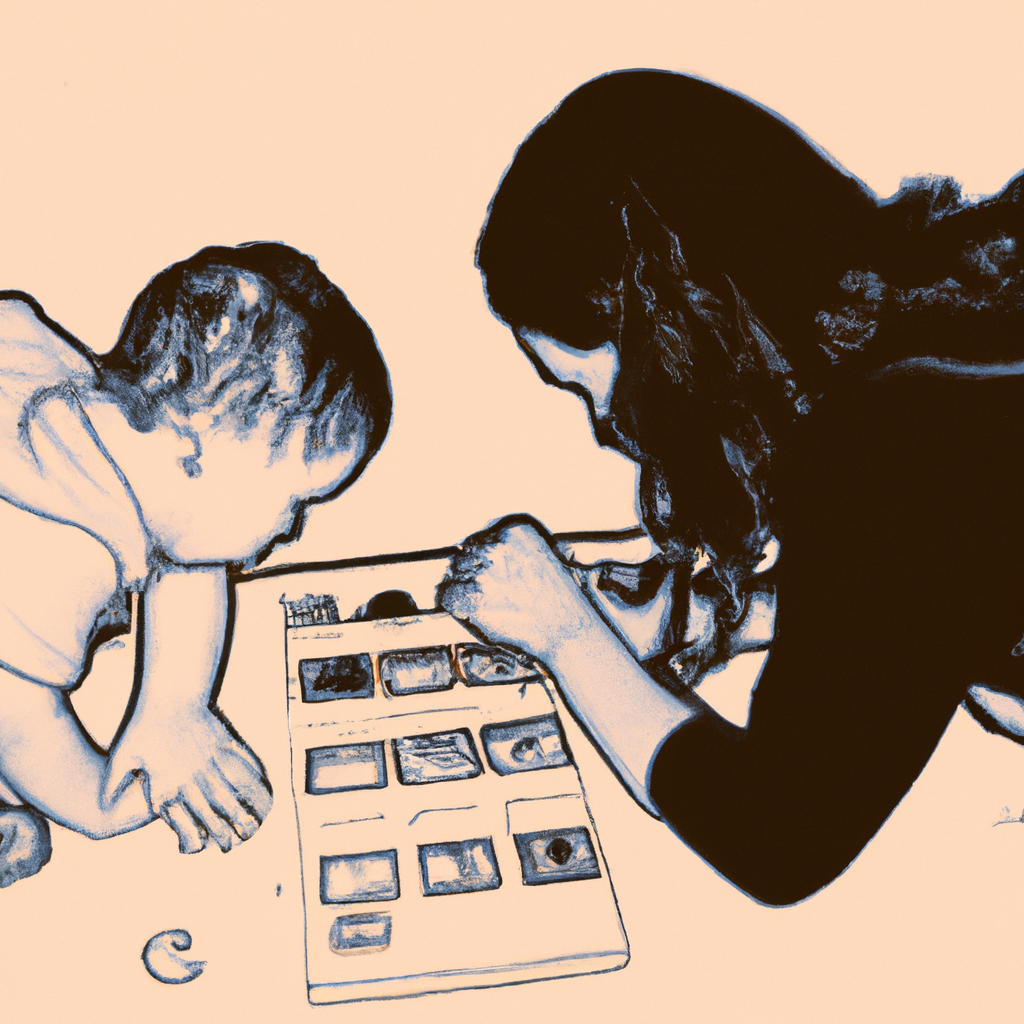
Find out how the strategies discussed in the article
"How Teaching a Song Can Improve Your Child’s Learning and Well-Being"can help address internet addiction in children and teens.
Encouraging Interaction Skills
Interaction and turn-taking are essential components of effective communication. Messy play activities often require children to work together, share materials, and take turns. These interactions help children develop important social skills, such as making eye contact, listening, and responding to others. By participating in messy play, children learn how to engage in conversations, wait for their turn, and cooperate with others. These skills are crucial for successful communication and social interactions.
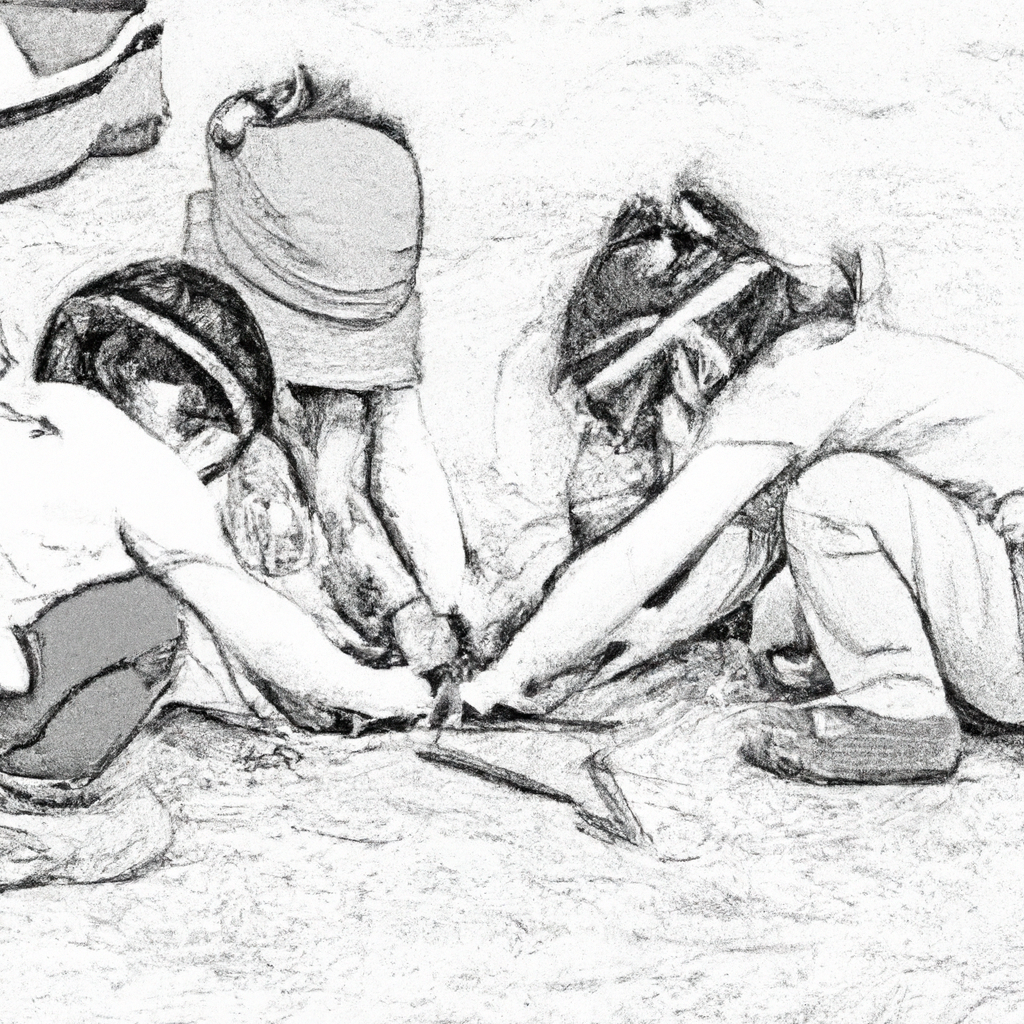
Practical Tips for Implementing Messy Play
Choosing Safe Materials
When planning messy play activities, it is important to consider the materials being used. Parents and educators should ensure that the materials are safe and suitable for the child’s age and developmental stage. It is also essential to be aware of any allergies or sensitivities that the child may have. For example, some children may have allergic reactions to certain types of paint or playdough. By carefully selecting materials, adults can create a safe and enjoyable environment for messy play.
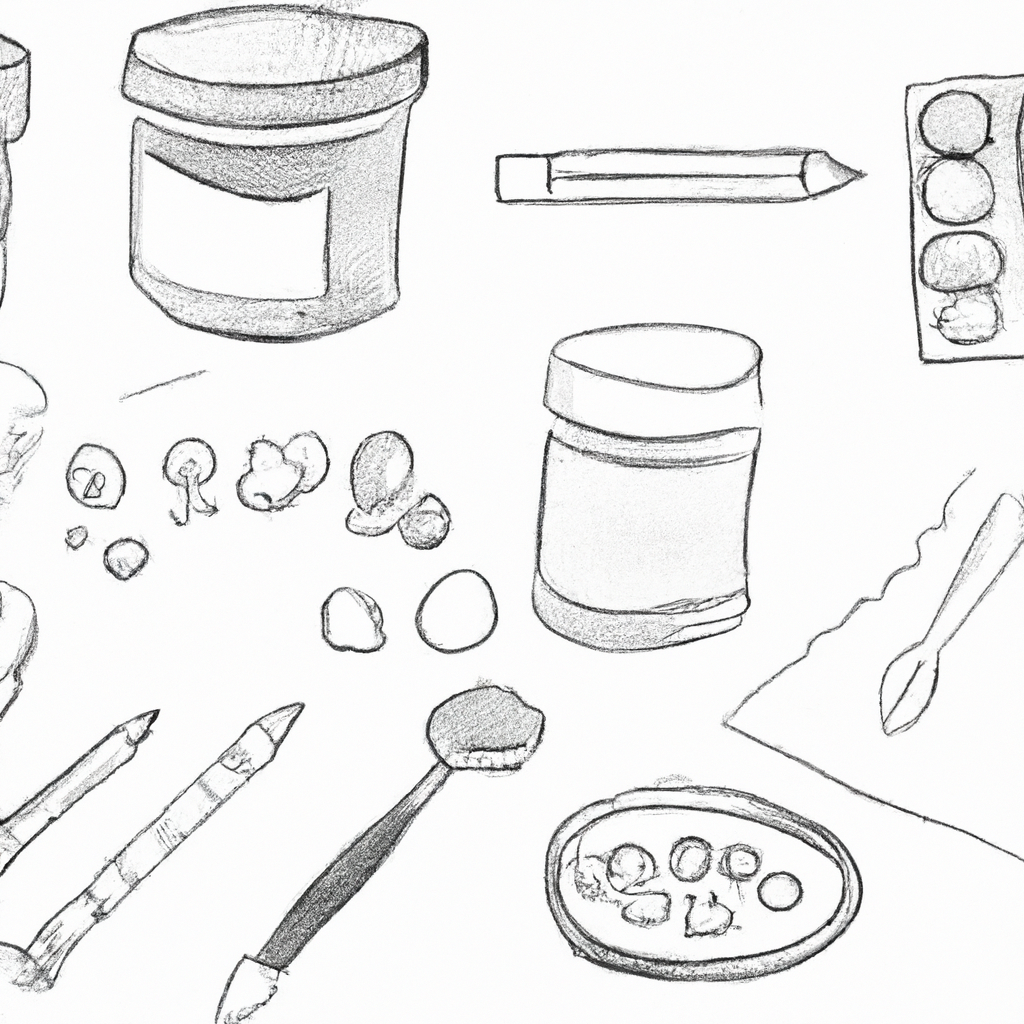
Creating a Structured Environment
Designate an area in your home where messy play can take place without causing stress about the mess. Use a plastic tablecloth or a large tray to contain the materials and make cleanup easier. Outdoor spaces can also be ideal for messy play activities. Creating a structured environment helps children feel secure and allows them to focus on the play activities.
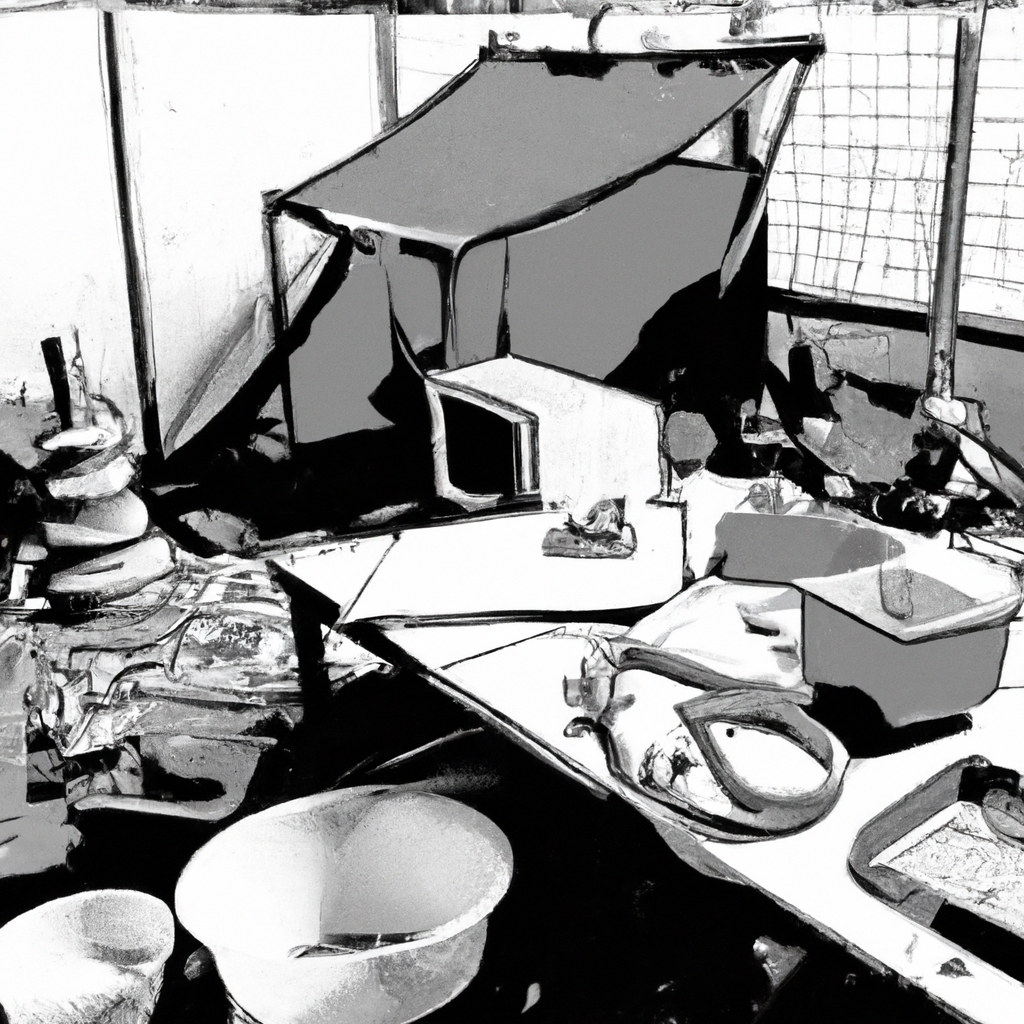
Engaging in Interactive Activities
Join your child in messy play activities. Your involvement not only makes the experience more enjoyable for your child but also provides opportunities for modeling language and social interactions. Describe what you are doing, ask open-ended questions, and encourage your child to express their thoughts and feelings. Engaging in interactive activities helps children develop their language and communication skills.
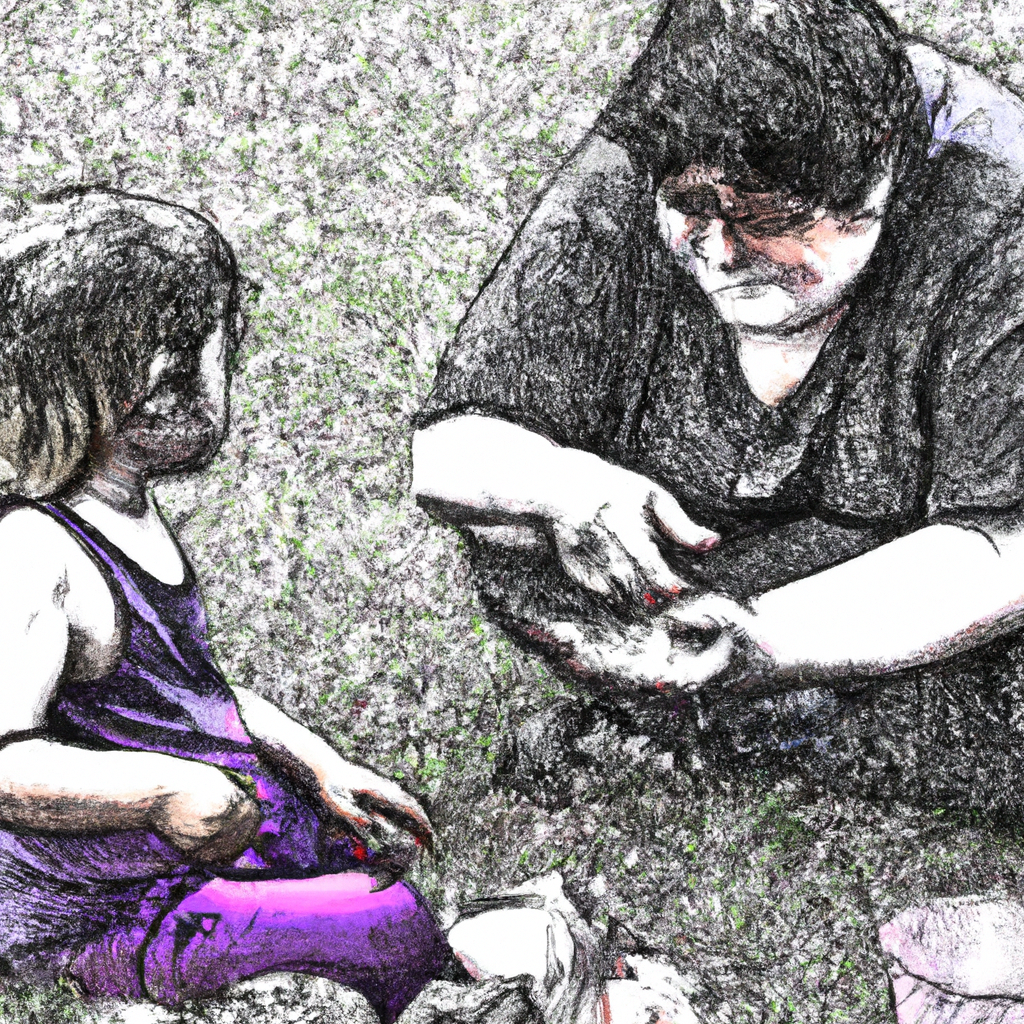
Case Studies and Examples
Case Study 1: Enhancing Vocabulary Through Sensory Play
Background: A preschool teacher, Ms. Johnson, noticed that several children in her class had limited vocabularies. She decided to incorporate messy play into her curriculum to address this issue.
Activity: Ms. Johnson set up a sensory table with different materials such as rice, beans, water, and sand. She encouraged the children to explore these materials and described their actions using specific vocabulary words.
Outcome: Over time, the children began to use the new vocabulary words they had learned during sensory play. For example, they started to describe the texture of the materials using words like “grainy,” “smooth,” “wet,” and “dry.” This activity not only expanded their vocabulary but also improved their ability to describe their experiences more accurately.
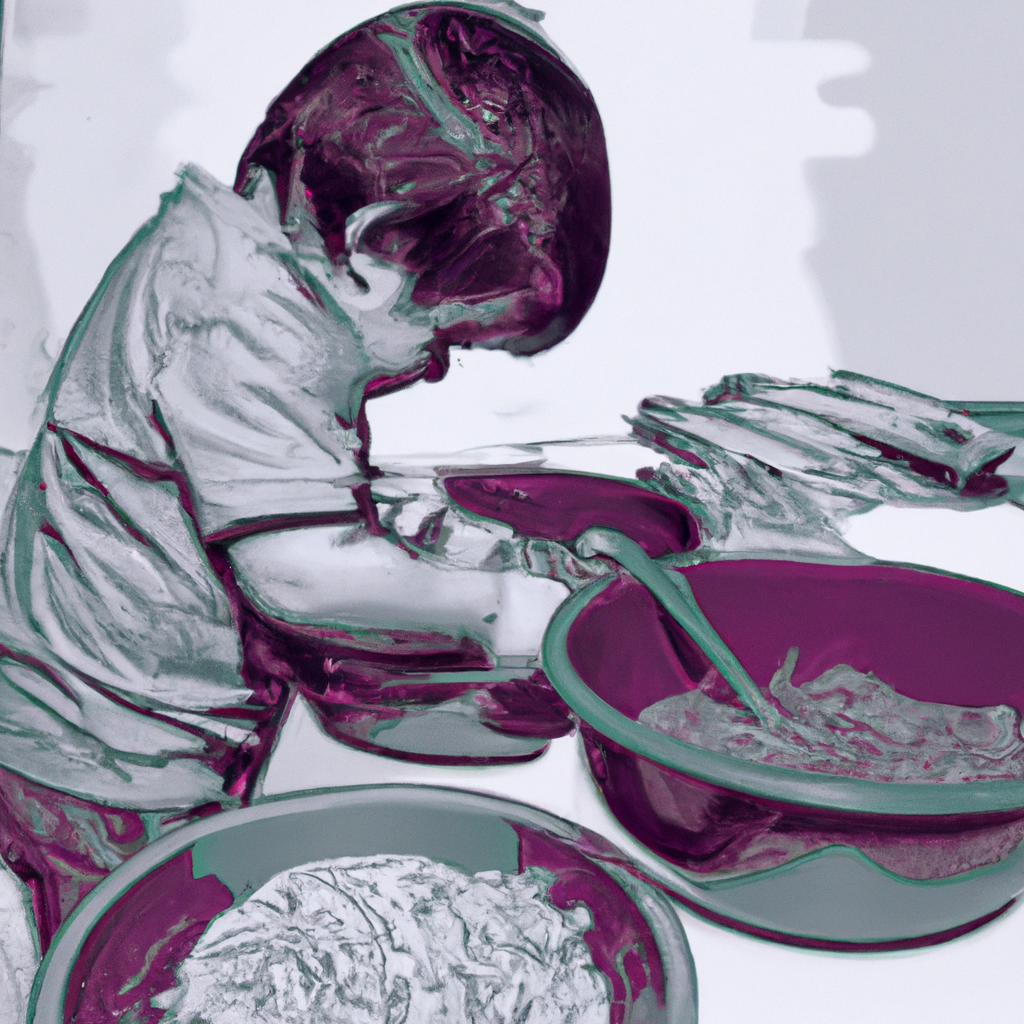
Case Study 2: Developing Sentence Structure with Match Plus One
Background: A speech therapist, Mr. Smith, worked with a child named Emily who had difficulty forming complete sentences. He decided to use the “match plus one” technique during messy play sessions.
Activity: Mr. Smith provided Emily with various messy play materials such as shaving cream, playdough, and finger paint. Whenever Emily made a statement, Mr. Smith would add one more word to her sentence. For example, if Emily said, “Paint red,” Mr. Smith would respond with, “Paint red circle.”
Outcome: Emily’s sentence structure gradually improved as she began to mimic Mr. Smith’s expanded sentences. The messy play activities provided a fun and engaging way for her to practice forming more complex sentences.
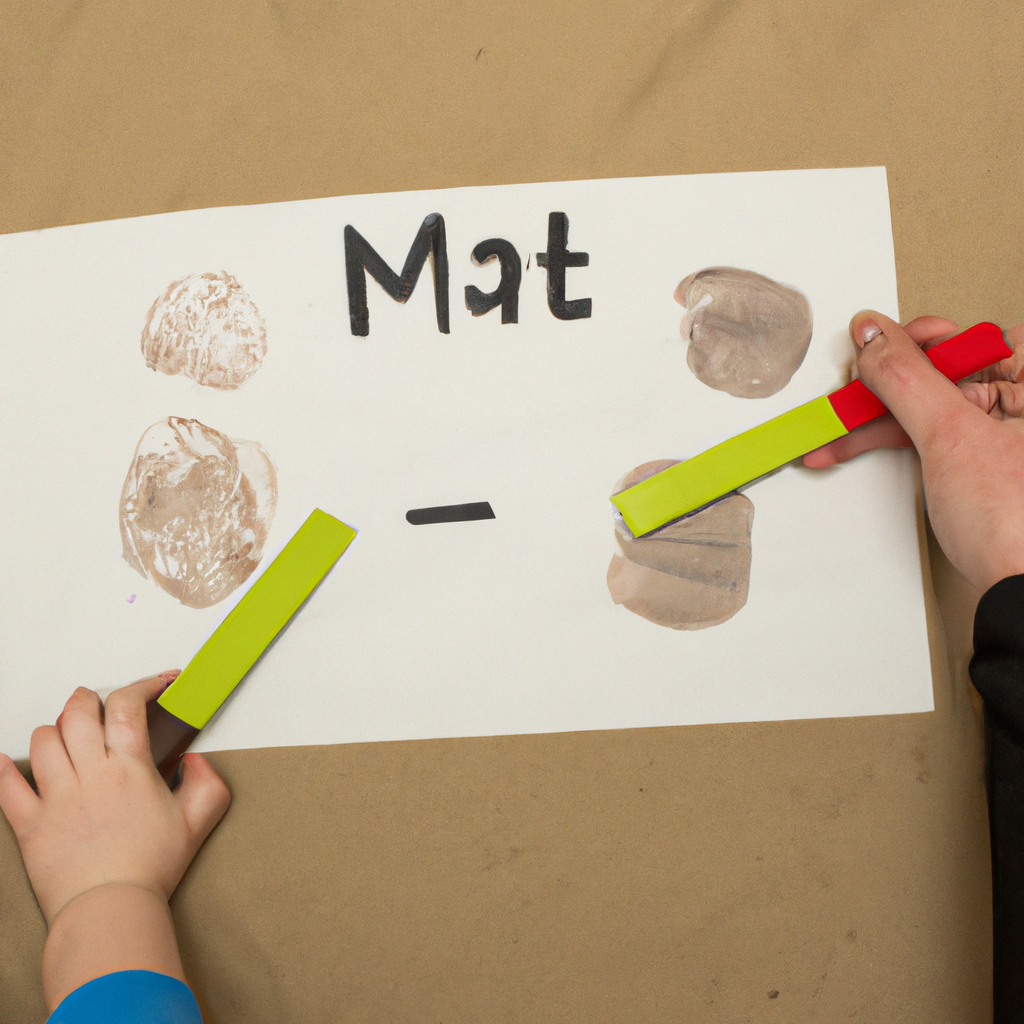
Case Study 3: Improving Interaction Skills Through Turn-Taking
Background: A group of children in a daycare center had difficulty taking turns and interacting with each other during playtime. The daycare provider, Ms. Lee, decided to use messy play to address these social skills.
Activity: Ms. Lee set up a messy play station with various materials such as mud, water, and sponges. She organized activities that required the children to take turns and work together, such as building a mud castle or washing toys with sponges.
Outcome: The children began to develop better interaction skills as they learned to take turns and collaborate during messy play. They made more eye contact, communicated more effectively, and showed increased patience and cooperation.
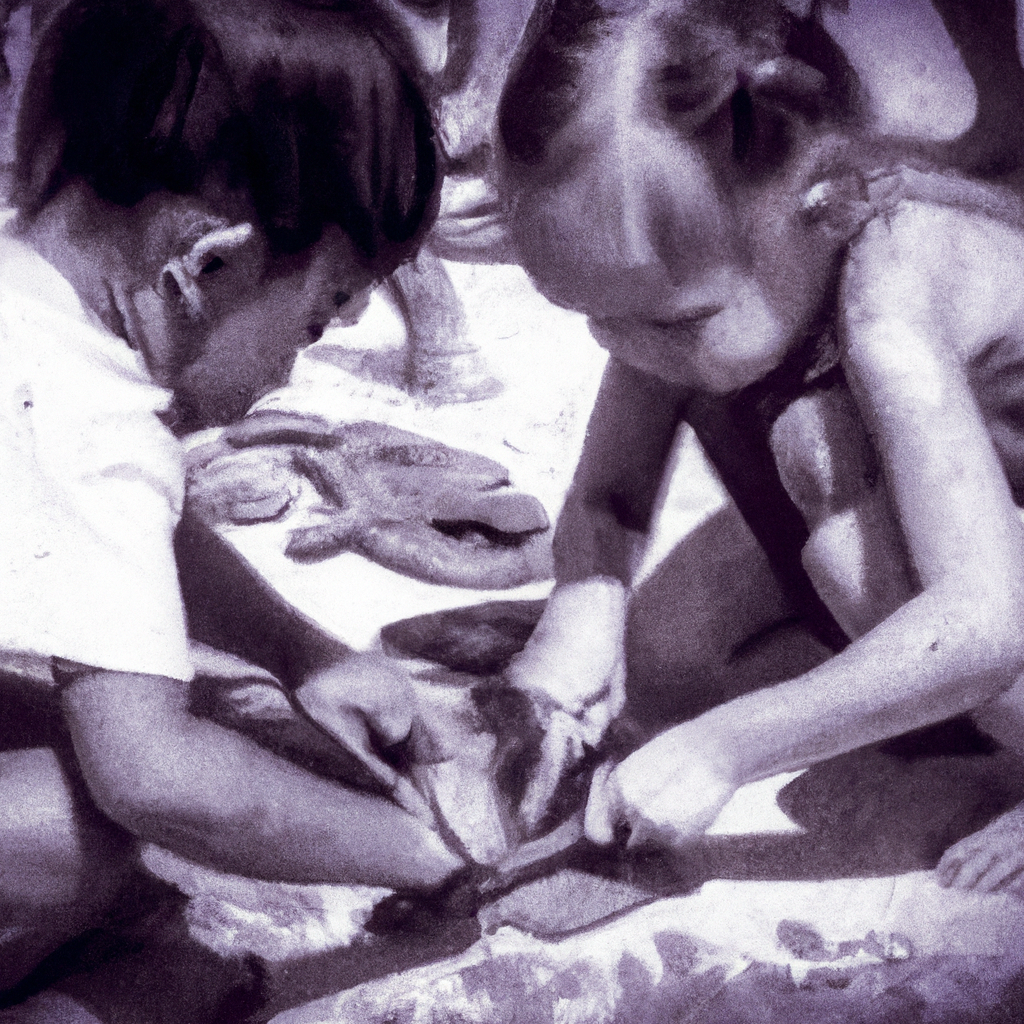
Conclusion
Messy play is a valuable tool for supporting speech and language development in young children. By engaging in sensory-rich activities, children can expand their vocabulary, improve their sentence structure, and develop essential social skills. Parents and educators can create a safe and enjoyable environment for messy play by carefully selecting appropriate materials and encouraging interaction and communication. Through messy play, children can have fun while building the foundation for effective communication and lifelong learning.
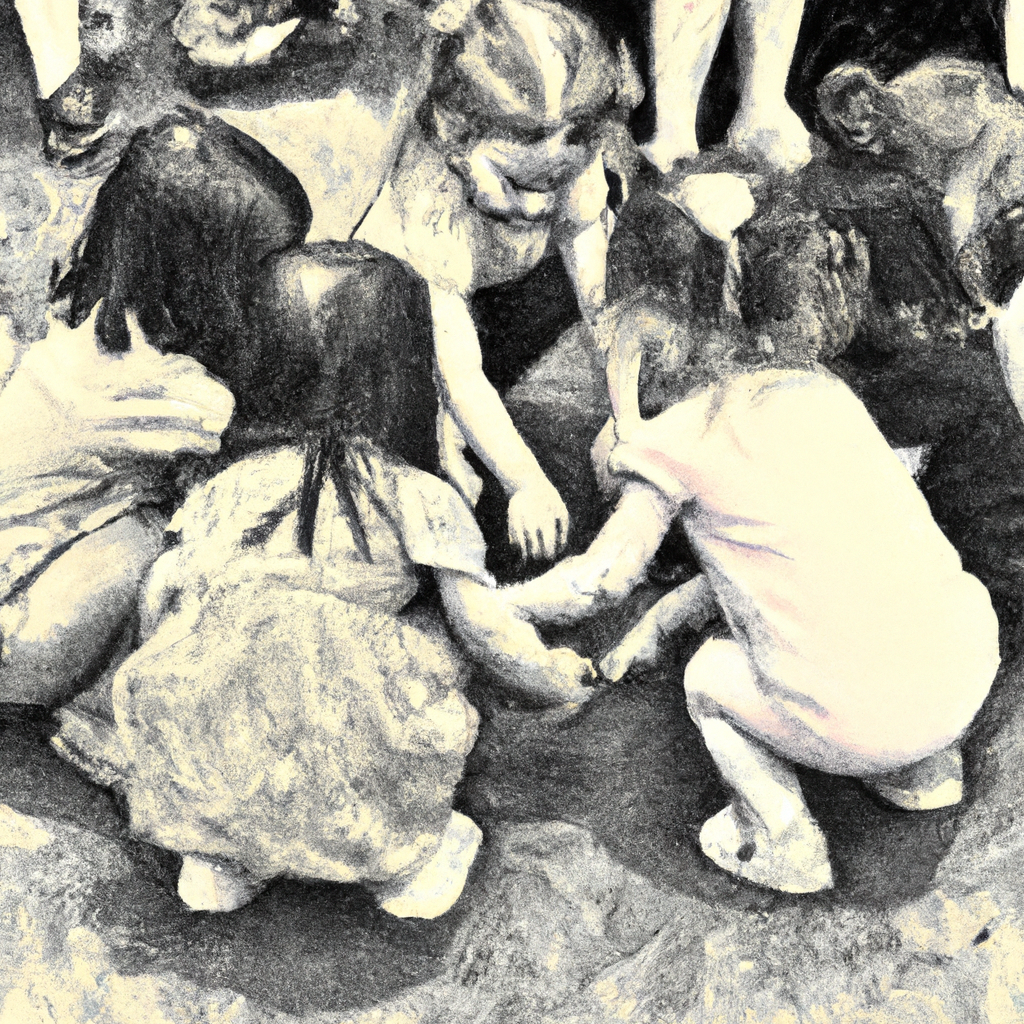
Thank you for reading our article on Supporting Speech and Language Development Through Messy Play. We highly value your feedback and invite you to take a brief survey to share your thoughts and experiences. Your responses will be kept confidential.
Dear Readers,
Welcome to my blog, where technology, music, and visual arts come together to spark creativity and growth. By subscribing, you’ll become part of a vibrant community committed to exploring and learning in these areas.
Select the type of engagement that suits you best:
Join us and enjoy tailored content and direct support suited to your interests.
